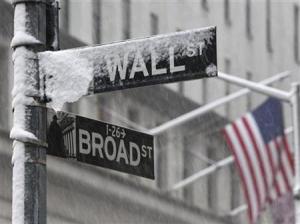I blogged on this topic last year but below is a useful video from the Wall Street Journal (WSJ) on how bubbles are so difficult to predict with some examples from Gamestop to Tulips. A graphical explanation follows after the video.
I picked up this graphic and explanation from The Geography of Transport Systems by Jean-Paul Rodrigue (2020)
It is apparent that business cycles aren’t those smooth ups and downs as depicted in a lot of textbooks but more volatile with booms and busts. Central banks appear to play their part in this process with the low cost of borrowing feeding the boom phase of the cycle. Instead of economic stability regulated by market forces, monetary intervention creates long-term instability for the sake of short-term stability.

Bubbles (financial manias) unfold in several stages, an observation that is backed up by 500 years of economic history. Each mania is obviously different, but there are always similarities; simplistically, four phases can be identified:
- Stealth – emerging opportunity for future prize appreciations of investments. Investors have better access to information and understand the wider economic context that would trigger asset inflation. Prices tend to increase but are unnoticed by the general public.
- Awareness – many investors start to notice the momentum so money starts to push prices higher. There can be sell-offs but the smart money takes this opportunity to reinforce its existing positions. The media start to notice that this boom benefits the economy.
- Mania – the public see prices going up and see this a great opportunity to invest with the expectations about future appreciation. This stage is not so much about reasoning but psychology as money pours into the market creating greater expectations and pushing prices up. Unbiased opinion about the fundamentals becomes increasingly difficult to find as many players are heavily invested and have every interest to keep asset inflation going. At some point, statements are made about entirely new fundamentals implying that a “permanent high plateau” has been reached to justify future price increases; the bubble is about to collapse.
- Blow-off – everyone roughly at the same time realises that the situation has changed. Confidence and expectations encounter a paradigm shift, not without a phase of denial where many try to reassure the public that this is just a temporary setback. Many try to unload their assets, but takers are few; everyone is expecting further price declines. Prices plummet at a rate much faster than the one that inflated the bubble. Many over-leveraged asset owners go bankrupt, triggering additional waves of sales. This is the time when the smart money starts acquiring assets at low prices.
For more on the Business Cycle view the key notes (accompanied by fully coloured diagrams/models) on elearneconomics that will assist students to understand concepts and terms for external examinations, assignments or topic tests.








